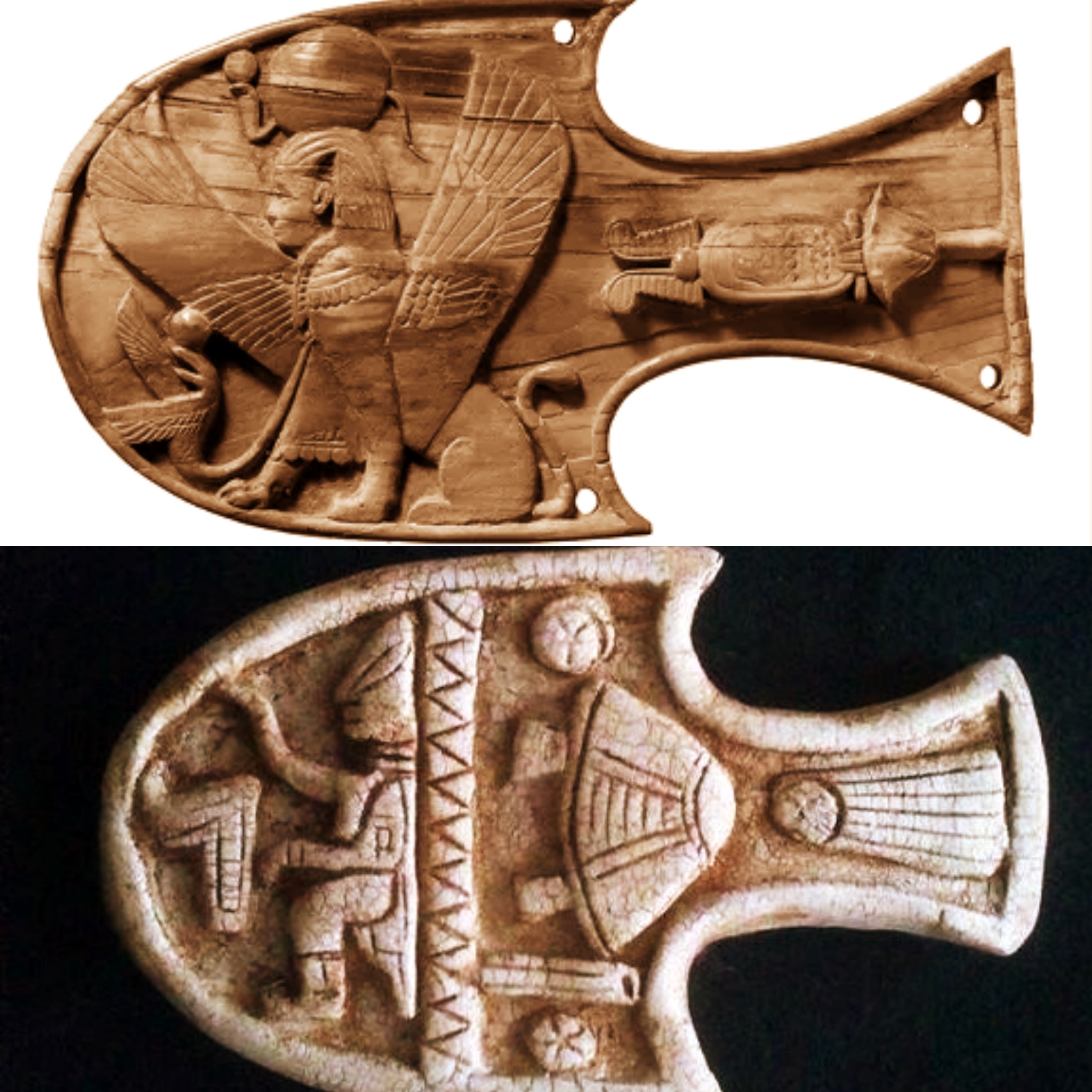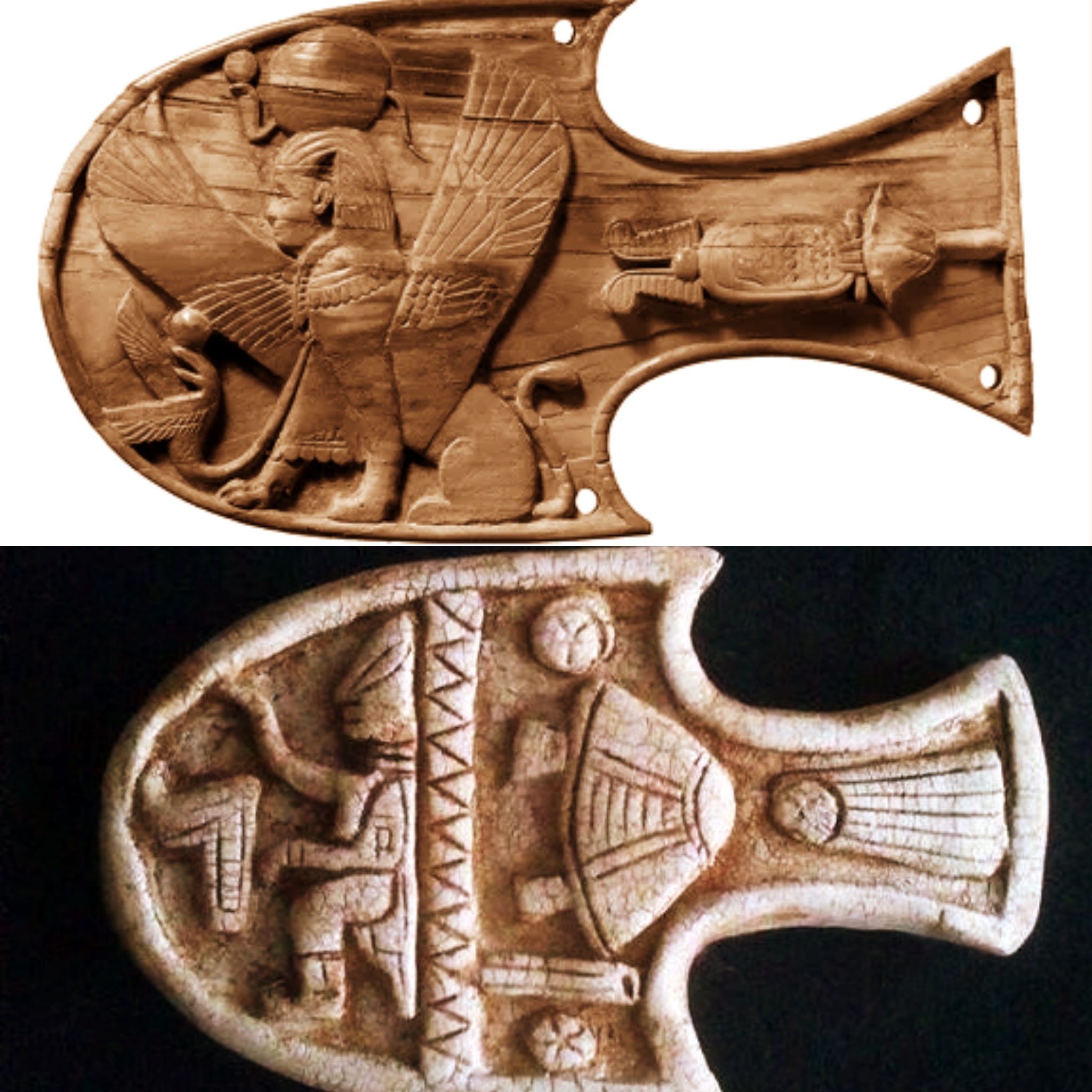In the realm of speculative theories and ancient mysteries, the idea of ancient astronauts and their possible connection to advanced extraterrestrial technology has captivated the imagination of many. One intriguing aspect of this speculation revolves around the concept of ancient spaceships, suggesting that advanced civilizations from distant galaxies may have visited Earth in the distant past.

Proponents of the ancient astronaut theory point to various artifacts, texts, and ancient structures as potential evidence of extraterrestrial influence. Among these claims is the notion that some ancient civilizations, lacking the technological means to describe advanced spacecraft, might have depicted these celestial visitors through symbols and stories that have been passed down through generations.
Ancient texts from different cultures often contain references to celestial beings and flying objects, sparking debates about whether these were misinterpretations of natural phenomena or genuine encounters with advanced extraterrestrial travelers. The famous ancient Indian text, the Mahabharata, for instance, describes flying chariots and battles in the sky, leading some to interpret these accounts as early depictions of spaceships.
Similarly, the Nasca Lines in Peru, often associated with ancient astronaut theories, feature enormous geoglyphs that some believe were created to communicate with extraterrestrial beings or serve as landing guides for their spacecraft. While mainstream archaeology attributes these lines to cultural or religious significance, proponents of the ancient astronaut theory propose an alternative explanation.
Moreover, the construction of ancient monuments, such as the pyramids of Egypt or the Stonehenge in England, has fueled speculation about the involvement of advanced extraterrestrial technology. The precision and complexity of these structures, according to some proponents, surpass the technological capabilities of the civilizations that built them, hinting at the possible assistance of ancient astronauts.
Despite the intrigue surrounding these ideas, the ancient astronaut theory remains highly controversial within the scientific community. Skeptics argue that interpretations of ancient texts and archaeological evidence often rely on subjective perspectives and lack concrete proof of extraterrestrial involvement. They propose alternative explanations, attributing the achievements of ancient civilizations to human ingenuity, resourcefulness, and cultural evolution.
In the absence of definitive evidence, the question of whether ancient astronauts piloted spaceships to Earth remains speculative. As our understanding of archaeology, anthropology, and technology advances, the debate between believers and skeptics continues to unfold, leaving the mysteries of our ancient past open to interpretation.

